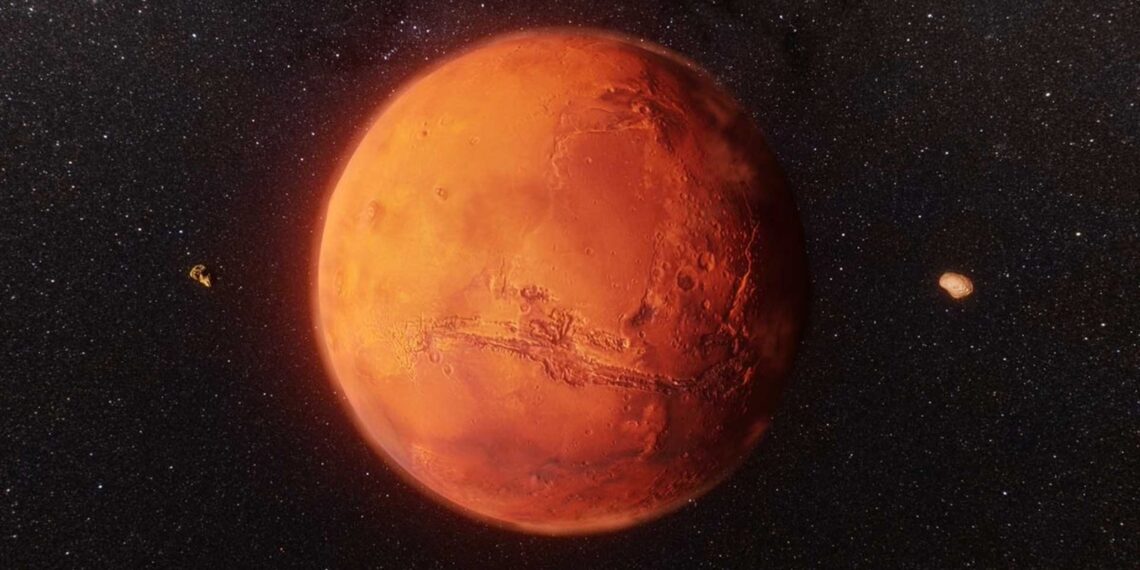In a celestial phenomenon that unfolds every two years, Mars is set to vanish from our night sky as it enters a period known as solar conjunction.
This unique astronomical event, occurring for 14 days till November 25, will plunge space agencies into a temporary communications blackout with spacecraft orbiting and exploring the Red Planet, according to reports.
Solar conjunction arises when Earth and Mars, in their orbital dance around the Sun, find themselves temporarily eclipsed by the Sun itself. This alignment, akin to dancers obscured by a massive bonfire, renders the two planets invisible to each other.
During this fortnight-long cosmic phenomenon, communication with Mars spacecraft becomes severely restricted due to the Sun’s interference with radio transmissions.
This poses a challenge for space agencies like NASA and China’s CNSA, which have maintained a continuous presence around Mars for over two decades, exploring its potential as a habitat for past or present life.
To navigate this blackout period, mission controllers at NASA’s Jet Propulsion Laboratory employ various strategies. Some instruments are powered down, while data from others is stored for later transmission.
In some cases, data is sent to Earth with the acknowledgment that a portion may be lost due to interference.
No new instructions are issued to Mars during solar conjunction.
Instead, engineers meticulously send two weeks’ worth of instructions in advance, acknowledging the unpredictability of potential data loss from solar interference.
This cautious approach is reminiscent of parents preparing their children for a short vacation with friends.
Advancements in autopilot technology have significantly enhanced spacecraft autonomy during these communication gaps.
Mission teams leverage this technology to ensure that all necessary commands are pre-programmed, mitigating potential risks to the spacecraft.
This temporary pause in communication serves as a stark reminder of the vast distances and intricate celestial mechanics involved in our cosmic exploration.
As Mars temporarily fades from our night sky, scientists and space enthusiasts eagerly anticipate the wealth of data and discoveries that will unfold on the other side of the Sun when communication is reestablished.















